Most tools don't support this notation. However, it is easy to fake: Just name the instance specification accordingly and move it into the rectangle of the owning instance specification.

Of course, this has some limitations. The role name will not get updated when you change it in the System1. It is merely a string. I was also not able to define that the myBlock instance belongs to the mySystem instance. Maybe, there is a way, but I was not able to find it, even though I have some experience with Enterprise Architect. Since the number of object diagrams needed is usually small, these limitations might not be a big problem.
Now, Enterprise Architect does support a notation, that resembles a little bit, what the specification says:

However, this is complete nonsense. The myBlock element is not an instance specification, but a "property" (therefore it is not underlined). As such it cannot have slots for its own values (as shown in the first example). It makes me speechless how Sparx just ignores the UML specification and creates utter confusion.
In your example you show tags. I'm not sure what you want to do with them. However, please note that they cannot be used to describe the modeled system. They are on the language level and describe language concepts.
There is no constraint on the elements that can be connected by an allocation. Enterprise Architect is a little confused by different kinds of what it calls "property" and it is in fact not possible to draw one between "properties" shown in an instance specification and another instance specification. Even if it were possible, it would not have the intended semantics.

 .
.

